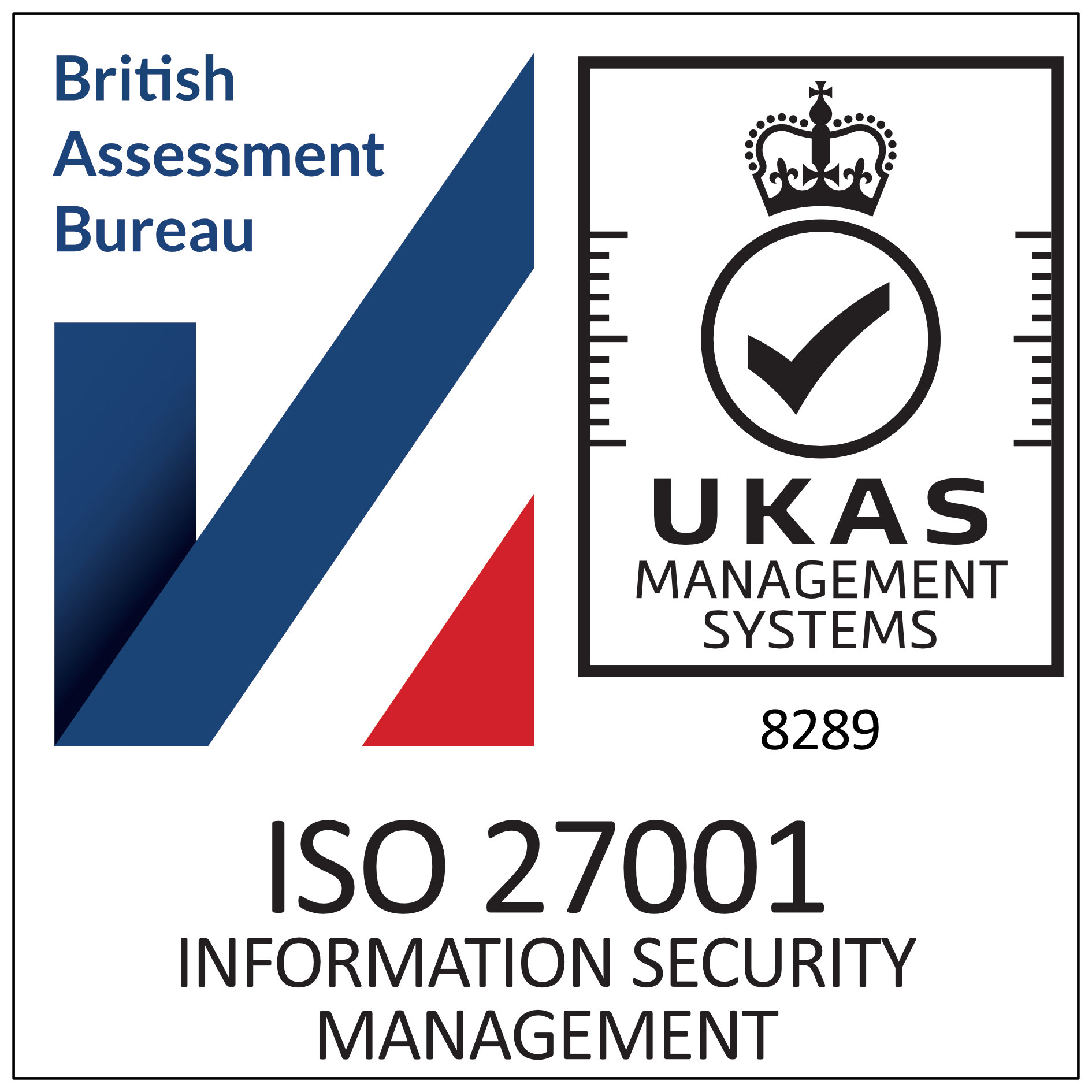Arrangements for Emergencies And Danger Areas
Getting Effective Emergency Procedures In Place
The employer must establish and give effect to appropriate procedures, including evacuation procedures, to be followed the event of serious and imminent danger to employees and others at work in his undertaking.
The employer should not just define the procedures; to give effect to them he will also need to test and modify them to ensure they operate effectively when used. The employer may need to allocate responsibilities for a wide variety of matters, including assessment of danger, plant shut-down, decision to raise evacuation alarm, and the like.
Nominated Fire Marshals
The employer must nominate a sufficient number of competent persons to implement his evacuation procedure.
The employer should ensure that, once the decision to evacuate the workplace has been made, employees are not only familiar with the evacuation procedure but are supervised in their use of it by nominated well-trained personnel. The roles of the nominated personnel might include ensuring there is no panic, no unauthorised attempt to stop the danger, orderly conduct to avoid overcrowding, no-one left behind, progress to a safe place, proper accounting for personnel, etc.
Restricted Areas
The employer must ensure that no employee enters any danger area at his workplace where access is restricted only to those who have been given adequate health and safety instruction.
The employer should prevent unauthorised employees from entering any danger area at any time. This is often achieved by a system of work supported by clear procedures and other safeguards. For example, authorised personnel can be issued with special clothing to make identification of non-authorised persons easy. Other measures can include security locks with code numbers issued only to authorised staff.
The employer should also prevent employees from returning after an evacuation until the 'all-clear' has been given by someone he has authorised to check that the danger no longer exists. A post-evacuation procedure can help to ensure that staff do not inadvertently walk back into danger.


